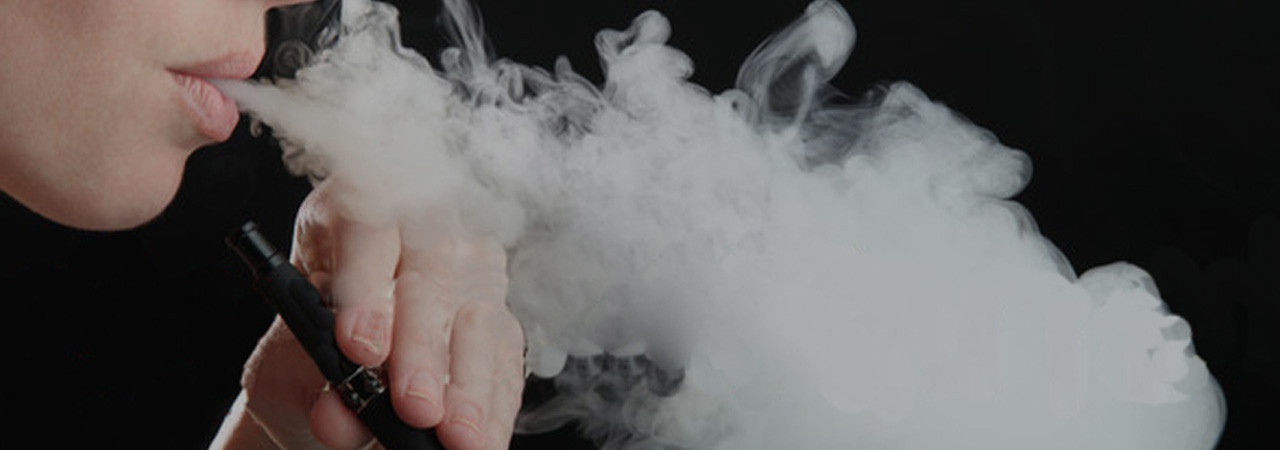We’ve talked a lot, in previous blog posts, about finding the right portable vaporizer pen for you. But what exactly is vaping? The process behind it? And how is it different from the alternatives?
To delve into this question, we need to first identify what the real question is. And that’s going to involve some bigger words. So take notes, there will be a quiz on this later. When we ask what the difference between vaping and the alternative is, what we are really talking about is the difference between convection and conduction, and the implications this carries to different dry herb vaporizer pens.
What is Conduction?
When we talk about conduction and convection, we are comparing two methods in which heat is transferred from one object to another. To put it simply, we are comparing ways in which we heat a product, whether its dry herbs, or e-liquids, or wax consistency products, it all involves a transfer of heat from one object to another.
Conduction involves the transfer of heat from one point to another in a material. Try to visualize a radiator, heat comes off the radiator heating the room around it. Conduction would be the transfer of heat that comes when you place your hands on the radiator itself. In other words, conduction is a process that by and large burns materials like dry herbs to produce smoke through direct contact with a heat source. There are many vaporizer pens that use coils as a method of conduction. This process is similar to using a lighter to burn dry herbs. It’s rather easy to identify conduction vaporizers, in general they use coils that come in direct contact with your product.
What Does Conduction Mean for Your Product?
Conduction can be good for some products, and bad for others. For instance, if you are interested in vaporizing dry herbs, then conduction probably isn’t for you. Conduction vaporizer pens burn dry herbs. For some this is ideal, but for many looking for a better alternative, this is counter intuitive. However, if you are interested in vaporizing wax consistency products then conduction is generally the preferred method of heating. Wax consistency vaporizers generally use a direct heating source to vaporize products because it is much harder to do so through the use of convection heating. And e-liquid vaporizers generally use conduction methods as well, but rather than burning the liquid, it evaporates as it has a much lower temperature of evaporation.
What is Convection?
Let’s venture back to our radiator example. If conduction is when your hands are directly placed on the radiator, convection is when your hands are just inches away. Your hands are warm, you feel the heat and your hands are heating as well, but they aren’t burning. Convection is the transfer of heat from a source to a product without the use of direct contact. This results in what is traditionally understood to be vaporization.
What Does Convection Mean for Your Product?
If you are interested in vaporizing dry herbs, then this method is for you. Convection vaporizers generally use embedded chambers. This means that a heat source is placed behind the chamber, rather than in direct contact with the product. When you heat dry herbs this way, you are essential vaporizing the essential oils in the herbs without burning the herbs themselves. You will find no ash when convention is used, but rather a worn down version of the herbs you originally started with. This method of heating can be used for wax consistency products and e-liquids as well, but it is more traditionally found in dry herb vaporizer pens.
Need a Convection Vaporizer? Check out these products as they all use methods of convection to heat your dry herbs: The Jump (Dry Herbs), the Astra (Muli-Purpose).
Looking for a Conduction Vaporizer? Check out these products which use a direct heating coil to heat your product: R2 (Multi-Purpose), The Atmos Advanced (Wax Consistency Products).
If you have any questions about your vaporizer, or if you have concerns about a vaporizer you’re considering feel free to call our customer service team at (855) 633-3244, or by using the live chat function on our website.
